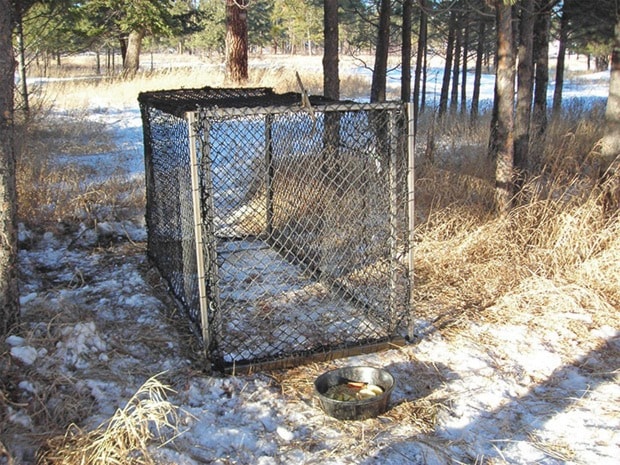While Oak Bay Mayor Nils Jensen reiterates “health and safety” concerns over deer overpopulation in the community, the B.C. SPCA reiterated its concerns over the cull project with a public letter.
The B.C. SPCA sought a meeting between the society’s cruelty investigations department and the cull contractor to review conditions of the permit, request access to game camera footage and to outline the SPCA’s duty if legitimate cruelty complaints are received in conjunction with the cull.
The B.C. SPCA originally voiced its concerns about a deer cull in Oak Bay in June 2013. The society says the pilot project is based on a flawed Capital Regional District urban deer management process, including a lack of community consultation and an unscientific count of transient deer in the area. The society’s newest concerns relate to the request for proposals issued Dec. 5, 2014, which outlines various protocols and contingency scenarios for the cull contractor.
“We at Oak Bay are not wildlife specialists, we have relied on the province and their expertise,” said Jensen. “We have been told the method we’re using is the most humane method of controlling overpopulation.”
In a response through a public affairs officer, Ministry of Forests, Lands and Natural Resource Operations told the Oak Bay News the province’s involvement in urban deer management is to review and, if deemed appropriate, issue a permit to communities wishing to reduce their urban deer population.
The Oak Bay project was issued a permit by the province and the prescribed methods of culling the deer – which Jensen and the ministry note are the same as have been used in a number of communities in the Kootenays – have been deemed humane by the provincial wildlife veterinarian. In 2012, a special provincial constable for the B.C. SPCA attended a similar cull in Kimberley. The constable concluded the deer cull was conducted in a professional and proper manner, the ministry said.
“We are using the same method as approved by the province there, that’s why I’m quite confused about the B.C. SPCA’s concern about our cull,” Jensen said. He added that the SPCA representatives at a deer management workshop on the Mainland in mid-January showed no concern over the project’s outline in the Kootenays or “suggest they were against, in principle, a cull.”
The gravest concern, the B.C. SPCA said, are the RFP instructions for if “a misfire occurs with the bolt gun/the shot is not fatal.”
The RFP instructs the “Contractor to reload and reshoot quickly; If a misfires occurs, contractor to either reload and adjust impact location or utilize exsanguination.” The B.C. SPCA says exsanguination, or bleeding out, of a conscious animal is not considered humane and is grounds for a cruelty investigation.
A bolt gun “misfire” leading to letting a deer bleed to death is unlikely, according to the Ministry of Forests, Lands and Natural Resource Operations. According to the province, the B.C. SPCA did a ride-along in 2012 in the Kootenays where only one mule deer, a large buck, required a second bolt and was killed instantly.
“A single application of the bolt gun to the head is overwhelmingly likely to render the animal instantly brain dead. In rare circumstances (i.e. very large deer, which are not found on Vancouver Island), a second bolt has occasionally been required. The throat is only slit after the deer is dead to “bleed it” to meet requirements for safe dressing for game meat. This methodology is made clear in the permit issued to Oak Bay, which is the appropriate reference point for how deer will be euthanized. Any contractor hired is trained in the proper process by ministry staff,” the ministry told the News.
The province says the B.C. SPCA’s general concerns outlined in their Jan. 30 news release is a matter between the B.C. SPCA and the municipality.
“The conversation needs to take place between the B.C. SPCA and the province about the proper methodology,” countered Jensen.
March 15 is the cull deadline.
“We along with the CRD will conduct an assessment of the program overall and specifically of the cull,” said Jensen. “Part of the reason for the pilot is to ensure that we understand all of the steps involved and we learn from having gone through it once.”
The B.C. SPCA asked that anyone who sees an animal in distress report it at 1-855-622-7722.
